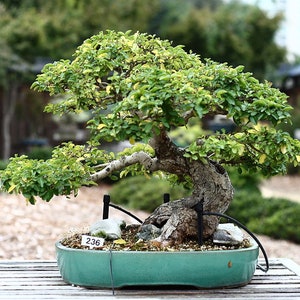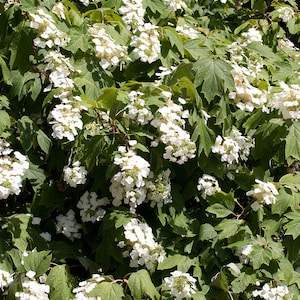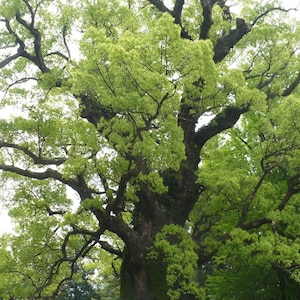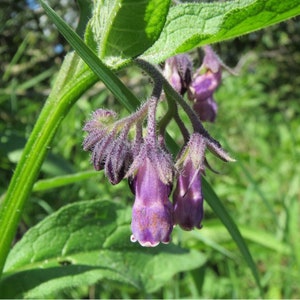
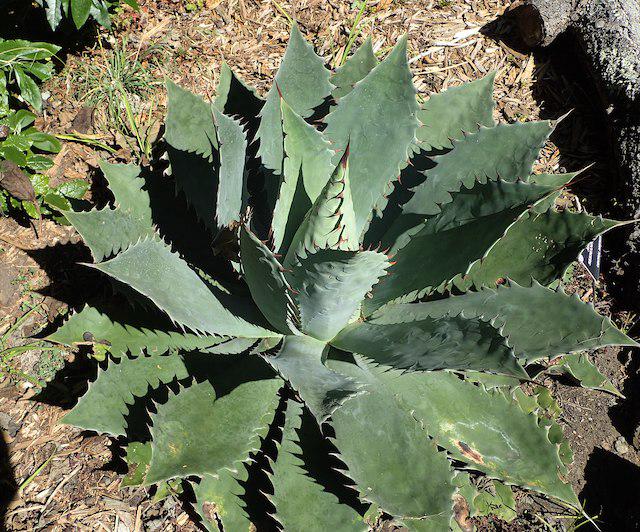
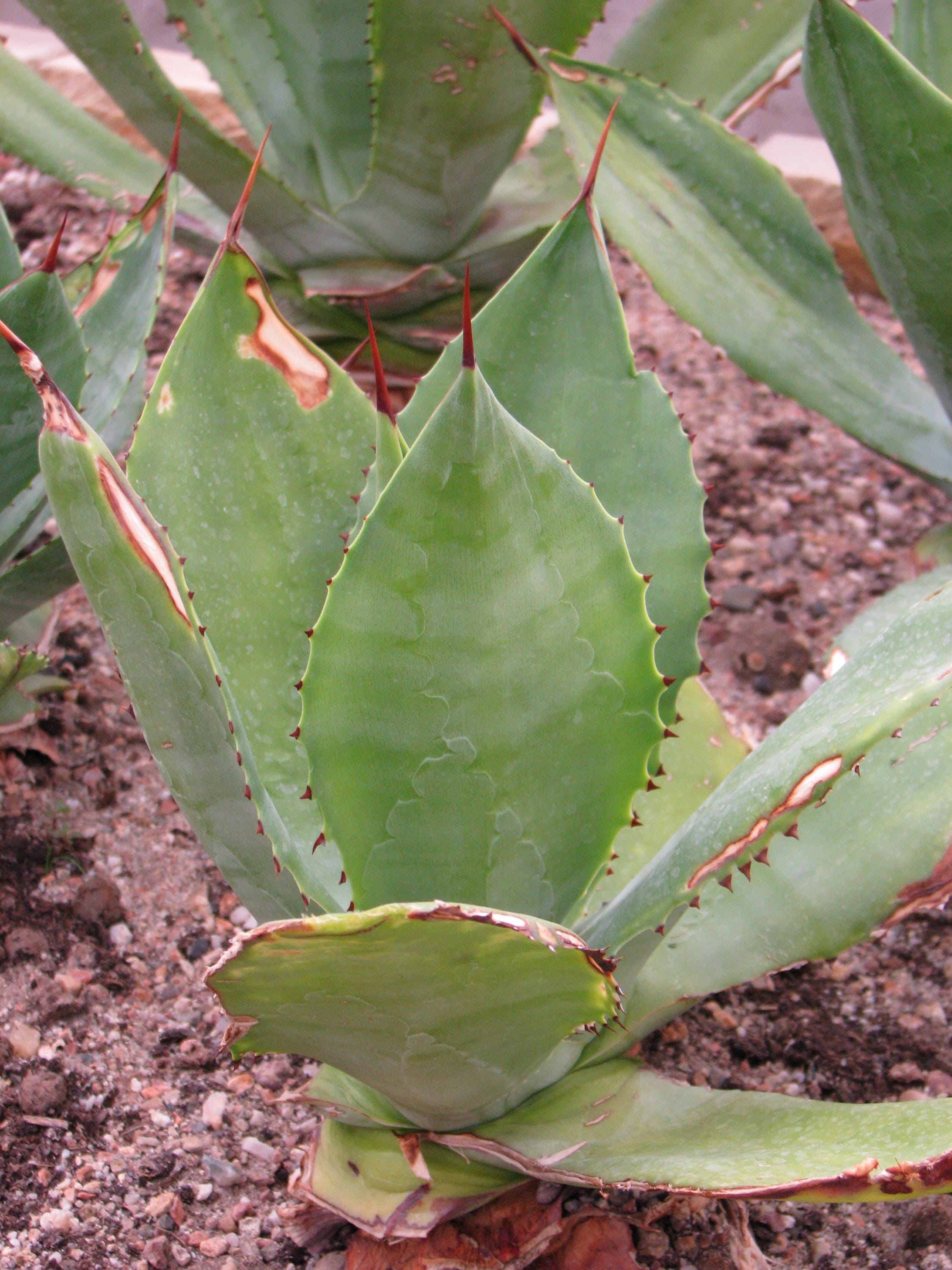
Seeds
Agave Seemanniana Seeds
$5.62 $9.37
-
Details**Agave seemanniana**, also known as **Seemann's Agave**, is a succulent plant native to tropical and subtropical regions, prized for its decorative form and ability to adapt to drought conditions. Sowing **Agave seemanniana** can be a little trickier than growing this plant from shoots or suckers, but it is still entirely doable if you follow the right steps. Here is a step-by-step guide to successfully sowing **Agave seemanniana**:
### 1. **Seed Preparation**
- **No Stratification Required**: Unlike some plants, Agave seemanniana seeds do not require cold stratification.
### 2. **Soil preparation**
- **Light, well-drained soil**: Like all succulents, **Agave seemanniana** prefers light, well-drained soil. Use a **cactus mix** or a homemade mix that includes **potting soil**, **sand**, and **perlite** or **pumice** to promote good drainage.
- You can also add some gravel or coarse sand to further improve drainage.
- Make sure to use a pot or seed tray with drainage holes to avoid water accumulation which could cause seed rot.
### 3. **Sowing the seeds**
- **Sow on the surface**: Agave seemanniana seeds need light to germinate. Sow them on the surface without covering them with soil. You can lightly press them into the soil to hold them in place, but do not bury them.
- **Seed Spacing**: Avoid sowing seeds too close together. Leave about **2-3 cm** of space between seeds to allow them to develop without competition.
- **Sowing in pots or trays**: Use shallow pots or trays for sowing. A seed tray is particularly practical because it allows for better seed management and allows the seedlings to be transplanted when they are ready.
### 4. **Germination Conditions**
- **Temperature**: The ideal temperature for germinating **Agave seemanniana** seeds is between **20 and 25°C**. Place the pots or trays in a warm place, but avoid exposing them to excessively high temperatures.
- **Light**: Agave seeds need light to germinate. Ensure seedlings are exposed to indirect or dim light. Avoid direct sunlight, which can burn the fragile young shoots.
- **Humidity**: Keep the soil slightly moist, but not soggy. Use plastic wrap or a mini greenhouse to maintain high humidity. However, be sure to ventilate regularly to avoid excessive condensation, which can promote mold growth.
- **Germination**: Seeds should germinate in **2 to 4 weeks**, although it can sometimes take a little longer. Be patient and keep conditions stable to encourage germination.
### 5. **Seedling Care**
- **Moderate watering**: During germination, keep the soil slightly moist. Overwatering can cause the seeds to rot, so use a spray bottle to water lightly and evenly.
- **Indirect light**: After germination, gradually expose the young plants to more light, but avoid direct sunlight, which can burn the seedlings. Soft, indirect lighting is ideal.
- **Ventilation**: If using a greenhouse or plastic film, ventilate the seedlings daily to allow air to circulate and prevent condensation that could promote mold.
### 6. **Transplanting and planting in open ground**
- **Transplanting**: When the young seedlings have reached about **5 to 10 cm in height** and their roots are well established, you can start transplanting them into larger pots or planting them in the ground, if you are in a suitable climate.
- **Soil and Location**: Choose a **sunny** and well-drained location for planting in the ground. **Agave seemanniana** prefers light, slightly acidic to neutral soils. Ensure the soil has good drainage to prevent the roots from sitting in water.
- **Spacing**: If you are planting multiple agaves in the ground, space them at least **30 to 50 cm** apart to allow them to fully develop.
### 7. **Post-planting care**
- **Watering**: Once young agaves are established in the ground or in a pot, gradually reduce watering. Agaves are succulents that prefer dry conditions. Water only when the soil is completely dry.
- **Fertilization**: Apply a balanced succulent and cactus fertilizer, but avoid applying too much nitrogen, as this may hinder growth.
- **Frost Protection**: **Agave seemanniana** is a heat- and drought-tolerant plant, but it can be sensitive to frost. If you live in a cold climate, it is recommended to grow Agave in a pot and bring it indoors during the winter, or protect it from frost.
### 8. **Follow-up and maintenance**
- **Slow Growth**: Like all agaves, **Agave seemanniana** grows slowly, especially at first. Be patient and make sure the plant receives sufficient light and moderate humidity.
- **Protect from pests**: Although this plant is generally resistant, keep an eye out for pests like mealybugs, aphids, or mites, which can affect young plants. Treat infestations quickly with mild solutions like insecticidal soap or neem oil.
By following these steps, you can successfully sow **Agave seemanniana** and grow a beautiful succulent plant. Once established, this agave will become a superb decorative plant, able to withstand dry conditions and requiring little maintenance. -
Shipping & Policies
Shipping from France
Processing time
1-2 business days
Customs and import taxes
Buyers are responsible for any customs and import taxes that may apply. I'm not responsible for delays due to customs.
Payment Options
Returns & Exchanges
I gladly accept returns and exchanges
Just contact me within: 14 days of delivery
Ship items back to me within: 30 days of delivery
I don't accept cancellations
But please contact me if you have any problems with your order.
The following items can't be returned or exchanged
Because of the nature of these items, unless they arrive damaged or defective, I can't accept returns for:
- Custom or personalized orders
- Perishable products (like food or flowers)
- Digital downloads
- Intimate items (for health/hygiene reasons)
Conditions of return
Buyers are responsible for return shipping costs. If the item is not returned in its original condition, the buyer is responsible for any loss in value.

